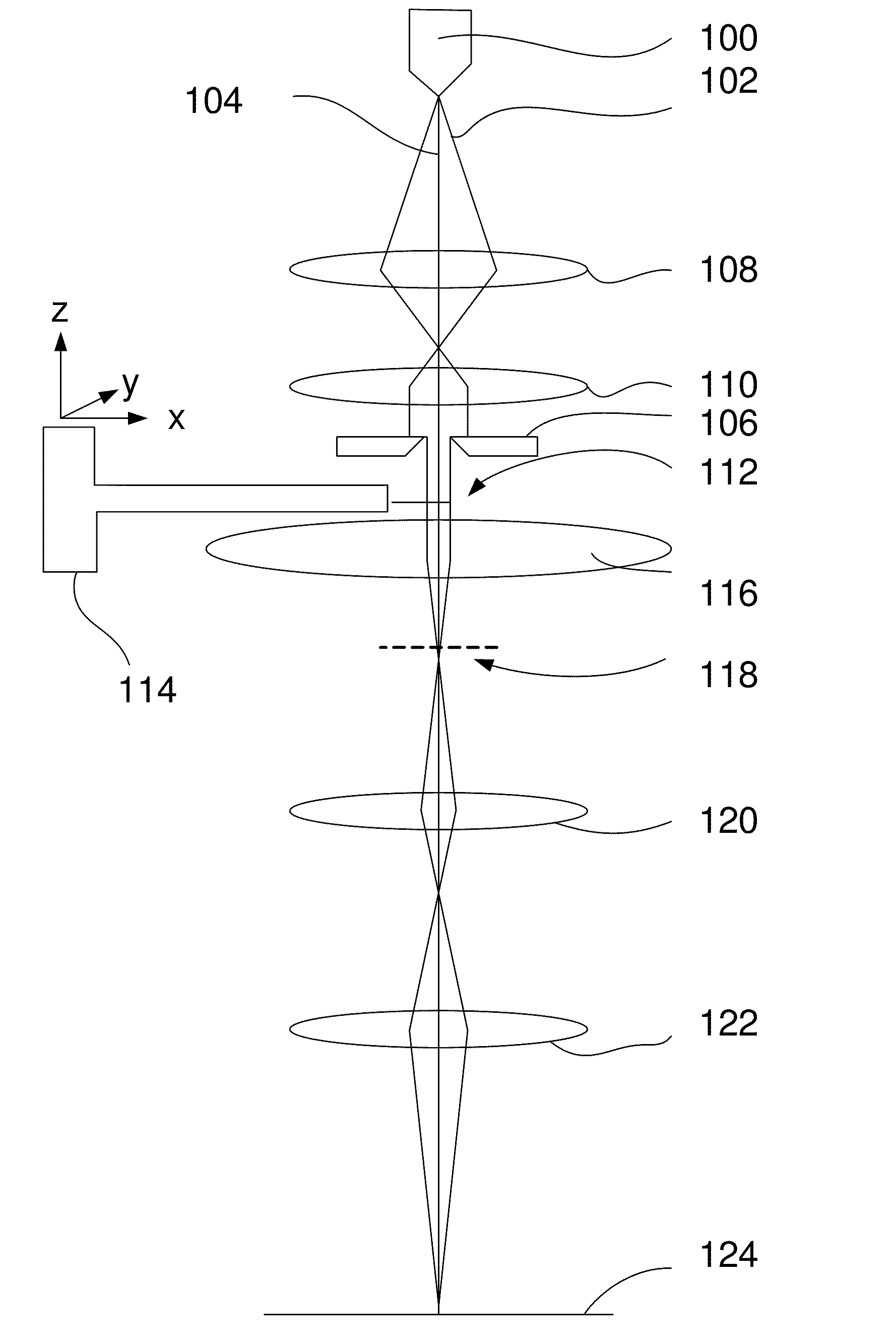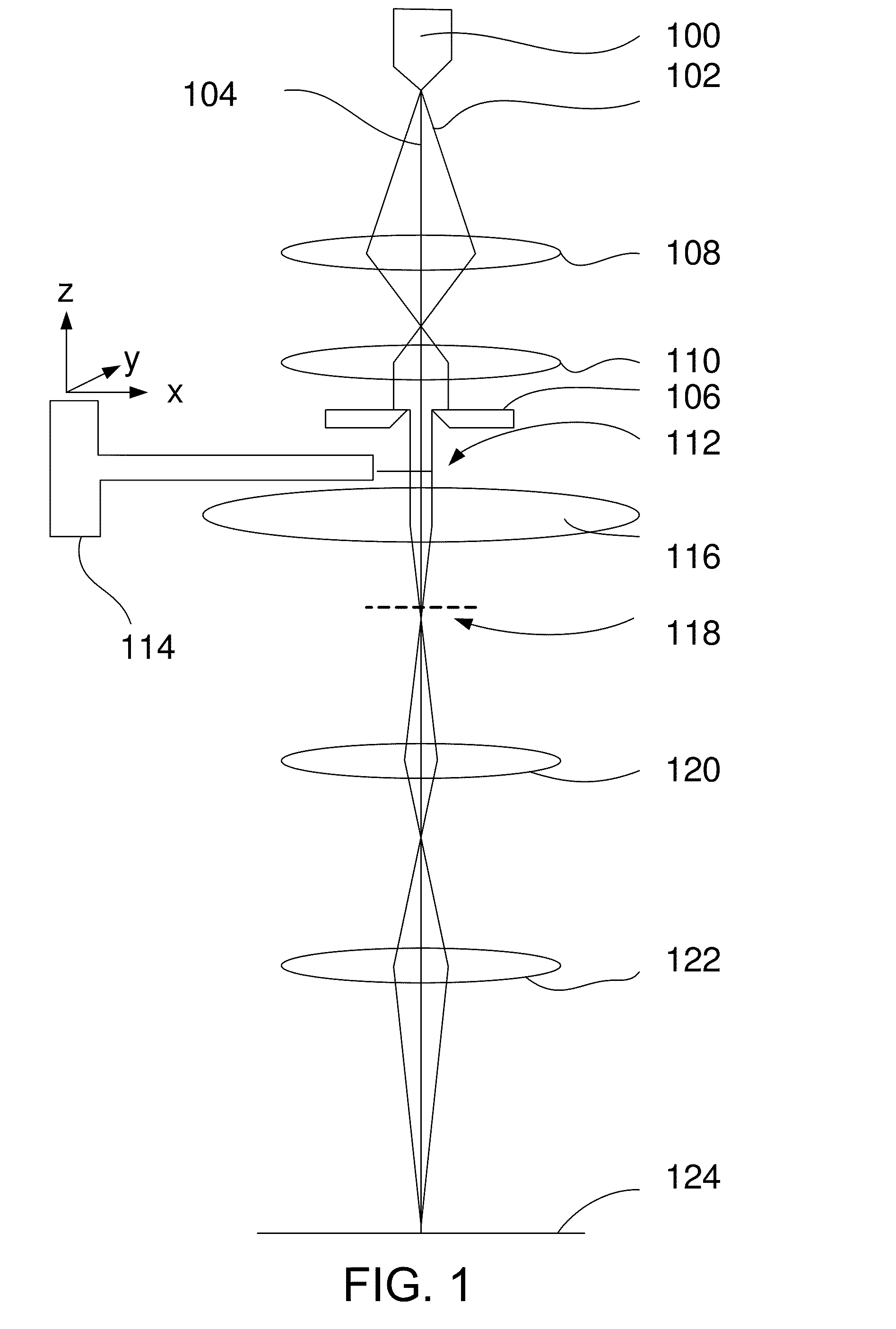Method of Electron Diffraction Tomography
a technology of electron diffraction and tomography, which is applied in the direction of material analysis using wave/particle radiation, instruments, nuclear engineering, etc., can solve the problems of x-ray diffraction being less suited to determining the structure of e.g. proteins, and the crystal size of crystals must be rather larg
- Summary
- Abstract
- Description
- Claims
- Application Information
AI Technical Summary
Benefits of technology
Problems solved by technology
Method used
Image
Examples
Embodiment Construction
[0017]The method according to the invention is characterized in that the beam used for recording the diffraction patterns is a substantially parallel beam having a diameter larger than the size of the crystal.
[0018]By using a beam with a diameter larger than the crystal, and keeping this beam stationary with respect to the crystal while recording the diffraction pattern, the TEM used does not need to be equipped with a scanning unit for scanning the beam over the crystal.
As the diameter of the beam is larger than the diameter of the crystal, the interaction volume, or scattering volume, also known as diffraction volume is the volume of the crystal itself, and thus for all tilt angles the same. This eases the normalization and post-processing otherwise needed when recording the diffraction patterns and / or analyzing the recorded diffraction patterns.
[0019]In an embodiment of the method according to the invention the centering of the crystal with respect to the beam involves shifting t...
PUM
| Property | Measurement | Unit |
|---|---|---|
| diameter | aaaaa | aaaaa |
| diameter | aaaaa | aaaaa |
| diameter | aaaaa | aaaaa |
Abstract
Description
Claims
Application Information
 Login to View More
Login to View More - R&D
- Intellectual Property
- Life Sciences
- Materials
- Tech Scout
- Unparalleled Data Quality
- Higher Quality Content
- 60% Fewer Hallucinations
Browse by: Latest US Patents, China's latest patents, Technical Efficacy Thesaurus, Application Domain, Technology Topic, Popular Technical Reports.
© 2025 PatSnap. All rights reserved.Legal|Privacy policy|Modern Slavery Act Transparency Statement|Sitemap|About US| Contact US: help@patsnap.com



